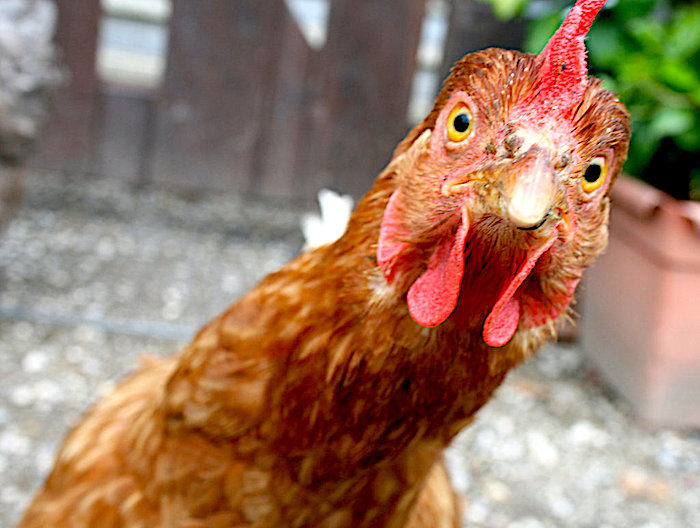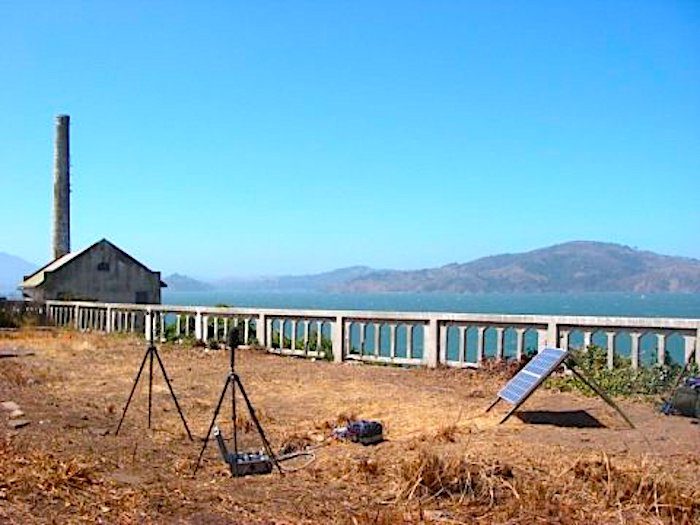
© Subversify Magazine"Say what?"
Chicken is a favorite, inexpensive meat across the globe. But the bird's popularity results in a lot of waste that can pollute soil and water.
One strategy for dealing with poultry poop is to turn it into biofuel, and now scientists have developed a way to do this by mixing the waste with another environmental scourge, an invasive weed that is affecting agriculture in Africa. They report their approach in ACS' journal
Energy & Fuels.
Poultry sludge is sometimes turned into fertilizer, but recent trends in industrialized chicken farming have led to an
increase in waste mismanagement and negative environmental impacts, according to the United Nations Food and Agriculture Organization. Droppings can contain
nutrients, hormones, antibiotics and heavy metals and can wash into the soil and surface water. To deal with this problem, scientists have been working on ways to
convert the waste into fuel. But alone, poultry droppings
don't transform well into biogas, so it's mixed with plant materials such as switch grass.Samuel O. Dahunsi, Solomon U. Oranusi and colleagues wanted to see if they could
combine the chicken waste with Tithonia diversifolia (Mexican sunflower), which was introduced to Africa as an ornamental plant decades ago and has become a major weed threatening agricultural production on the continent.
The researchers developed a process to
pre-treat chicken droppings, and then have
anaerobic microbes digest the waste and Mexican sunflowers together. Eight kilograms of poultry waste and sunflowers produced more than 3 kg of biogas -- more than enough fuel to drive the reaction and have some leftover for other uses such as
powering a generator. Also, the researchers say that the
residual solids from the process could be applied as fertilizer or soil conditioner.


Comment: "Although plants can't hear..." Plants do respond to vibration, which is the main component of sound. One might be able to make a case that noise directly, rather than indirectly, affects plants.